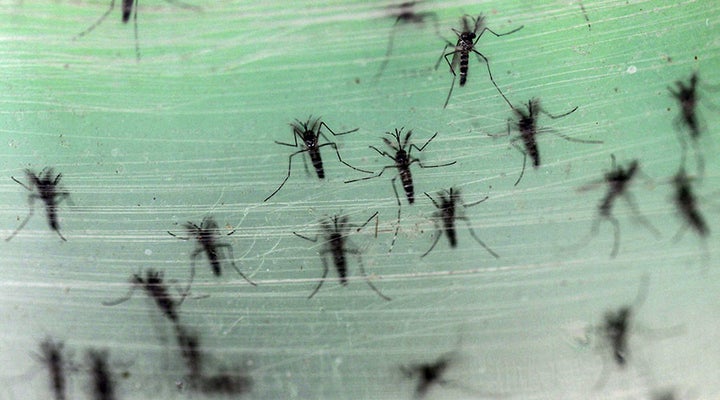
Zika Update: What you need to know today
More than a year after being declared an international health emergency, the World Health Organization (WHO) deemed Zika no longer a public health emergency – an acknowledgement not that the outlook is improving, but that the virus is here to stay. Cases are still reported regularly ― so far the WHO has documented cases in 76 countries and territories in the Americas, Africa, Asia and the Western Pacific. Thirty-nine countries have reported locally acquired circulation of the virus since January 2007 and geographical distribution of the virus has steadily expanded.
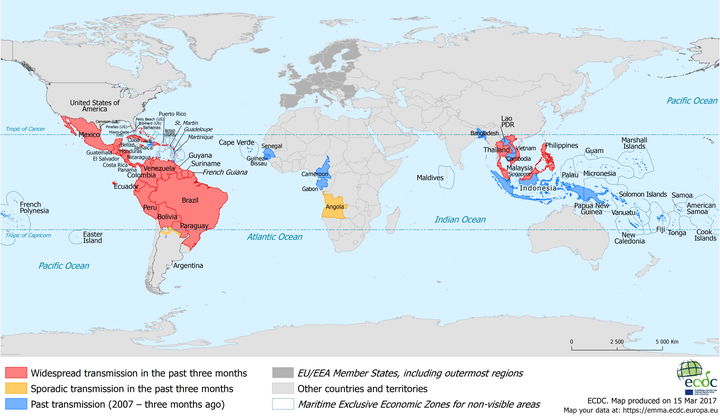
Zika map past 3 months and historical
What is the link between Zika and microcephaly?
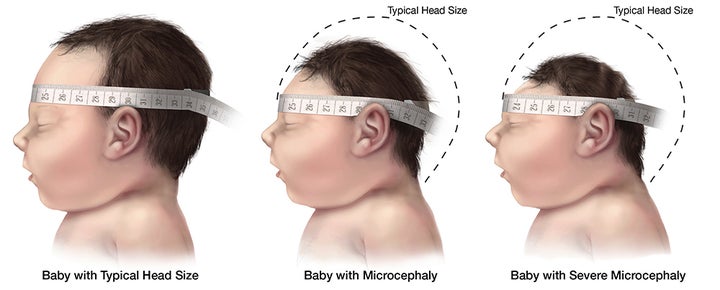
Baby with typical head size vs. baby with microcephaly and severe microcephaly
The Zika virus can cause babies to be born with microcephaly, a birth defect where a baby’s head is smaller than expected when compared to babies of the same sex and age. It is a very rare condition, causing about 7 babies per 10,000 births. Microcephaly was thrown into the spotlight by the Zika epidemic and the association with Zika infection has been established but the full range of adverse outcomes is unknown. To better understand the impact of birth defects resulting from Zika virus infection, the US Centers for Disease Control and Prevention (CDC) used data from population-based surveillance programs to assess the prevalence of birth defects during 2013–2014 before the introduction of Zika virus into the US. Published in the Morbidity and Mortality Weekly Report, the prevalence (a measure of all cases at a particular time) of birth defects increased 20 times from 2.86 per 1,000 live births to 58.8 per 1,000 live births. Prevalence of microcephaly also increased approximately 33 times from 1.5 per 1,000 live births to 49.8 per 1,000 live births. The higher proportion of these defects among pregnancies with laboratory evidence of Zika infection supports the relationship between congenital Zika virus infection and birth defects.
What is the link between Zika and Guillain-Barré syndrome (GBS)?
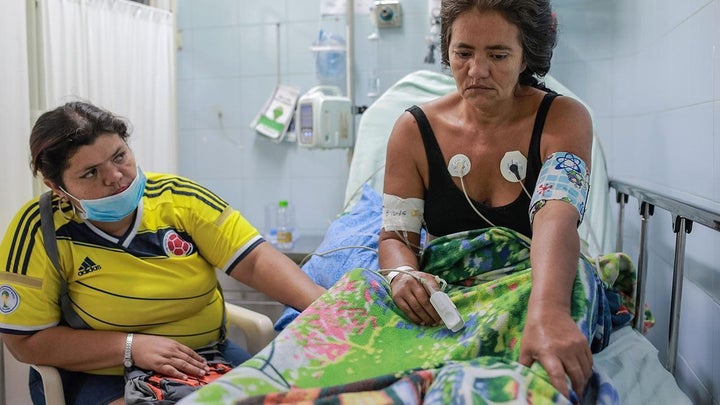
Doctors in several countries have noticed over the last 2 years that during Zika outbreaks, the number of cases of GBS increases.
Thirteen countries and territories worldwide have reported an increase in the incidence of cases of Guillain-Barré syndrome (GBS) together with a Zika virus outbreak. Guillain-Barré syndrome is a rare disorder where a person’s own immune system damages the nerves, causing muscle weakness, and sometimes even paralysis. Research suggests that GBS is strongly associated with Zika infection but it has not been demonstrated that Zika virus actually causes GBS.
If a pregnant woman gets bitten by a Zika-carrying mosquito and gets infected, what are the chances that the baby will develop a birth defect?
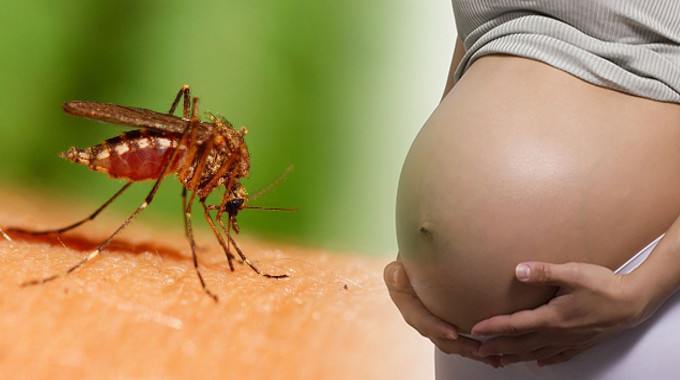
Zika virus can cause severe birth defects in babies whose mothers are infected during pregnancy.
Investigators studying the 2013–2014 Zika outbreak in French Polynesia estimated that the risk of microcephaly due to Zika infection in the first trimester of pregnancy was about 1 percent ― but the cases were found retrospectively. A previous study based on data from Brazil put the chances at between 1 and 13 percent, for microcephaly specifically. Another study estimated that 10,000 pregnant women could be infected with Zika in Puerto Rico, leading to up to 270 babies being born with microcephaly from 2016 to 2017.
How is the Zika virus transmitted?
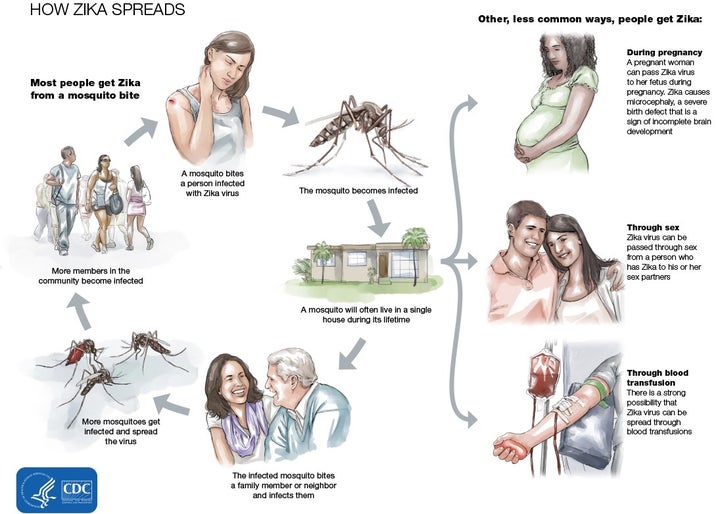
How Zika spreads
If a mosquito has bitten an infected person, it can carry the virus and spread it to the next person that it bites. CDC thought that only bites from infected Aedes aegypti and Aedes albopictus carry the Zika virus. However, according to a new predictive model created by ecologists, Zika virus could be transmitted by more mosquito species than those currently known. Their findings offer a list of 26 additional potential candidate species ― including seven that occur in the continental United States. This raises the total number of mosquito species that could transmit the Zika virus to 35.

What the mosquitoes that spread Zika and dengue look like
A pregnant woman can pass Zika virus to her fetus during pregnancy. Zika can be passed through sex from an infected person to his or her sex partners. Condoms (male and female condoms) can reduce the chance of getting Zika from sex.
Is there a treatment or a vaccine?
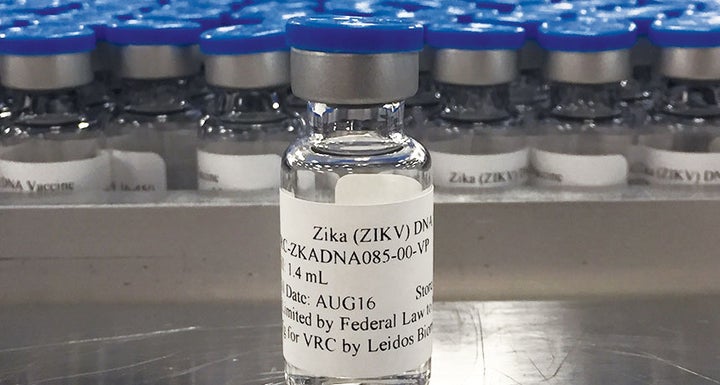
Zika DNA vaccine
Researchers all over the world have started the process for development of a Zika vaccine. Over 60 companies and research institutions are working on a vaccine and there are dozens of vaccines in the pipeline, targeted to women of childbearing age all requiring two immunization shots. Three Zika vaccine candidates have been tested successful in monkeys. Two DNA vaccines have begun preliminary safety testing, one made by the National Institutes of Health and the other by Inovio Pharmaceuticals. A more traditional killed-virus vaccine, developed by the Walter Reed Army Institute of Research, also started safety studies end of 2016. To test the vaccines, researchers need a new outbreak to conduct large-scale human trials and assess whether the vaccine actually protects against Zika. Drug screenings have identified molecules that inhibit Zika virus infection and replication, while genome-wide screenings have discovered certain human genes essential for the virus to replicate and could be targets for effective antiviral therapies.
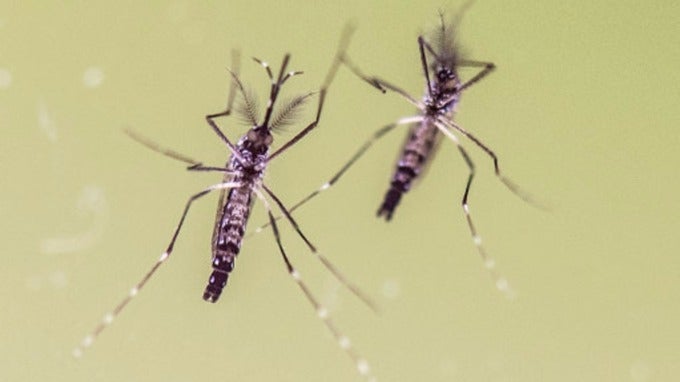
Zika is most commonly spread through mosquitoes.
Without an effective drug or vaccine, the best thing to do is to reduce the number of mosquitoes that can spread the virus and avoid mosquito bites. Insect repellents will keep mosquitoes away and limit the number of bites and chances of being infected. Given the epidemic levels of Zika virus disease being reported in some countries and the severe outcomes associated, it is important for healthcare providers to report cases of Zika for adequate public health surveillance. Information on congenital Zika virus infection is important to help authorities effectively address this health threat and make sound and evidence-based decisions.
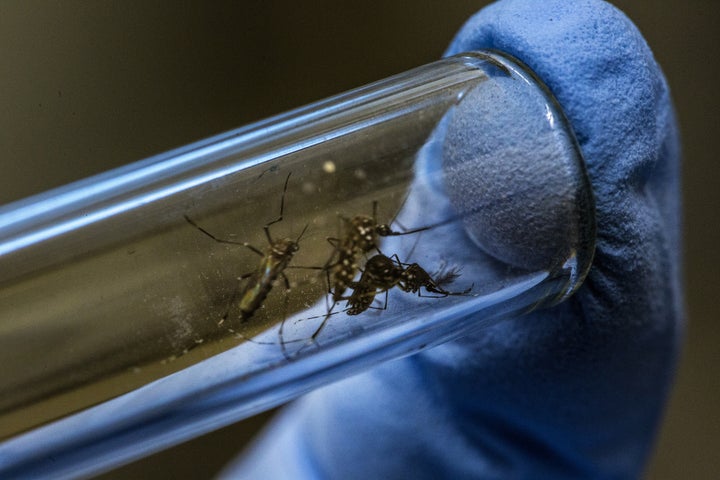
A lab technician researching a cure for Zika displays mosquitos in a test tube at the Oswaldo Cruz Foundation in Rio de Janeiro
Dr Melvin Sanicas, vaccinologist and public health physician, is a regional medical expert at Sanofi Pasteur, a consultant for the World Health Organization, and an agenda contributor for the World Economic Forum. He was a Global Health Fellow and Program Officer at the Bill & Melinda Gates Foundation where he managed the Collaboration for TB Vaccine Discovery. Dr Sanicas is a partner at the Brighton Collaboration, a fellow of the Royal Society of Tropical Medicine and Hygiene, and a fellow of the Royal Society for Public Health.